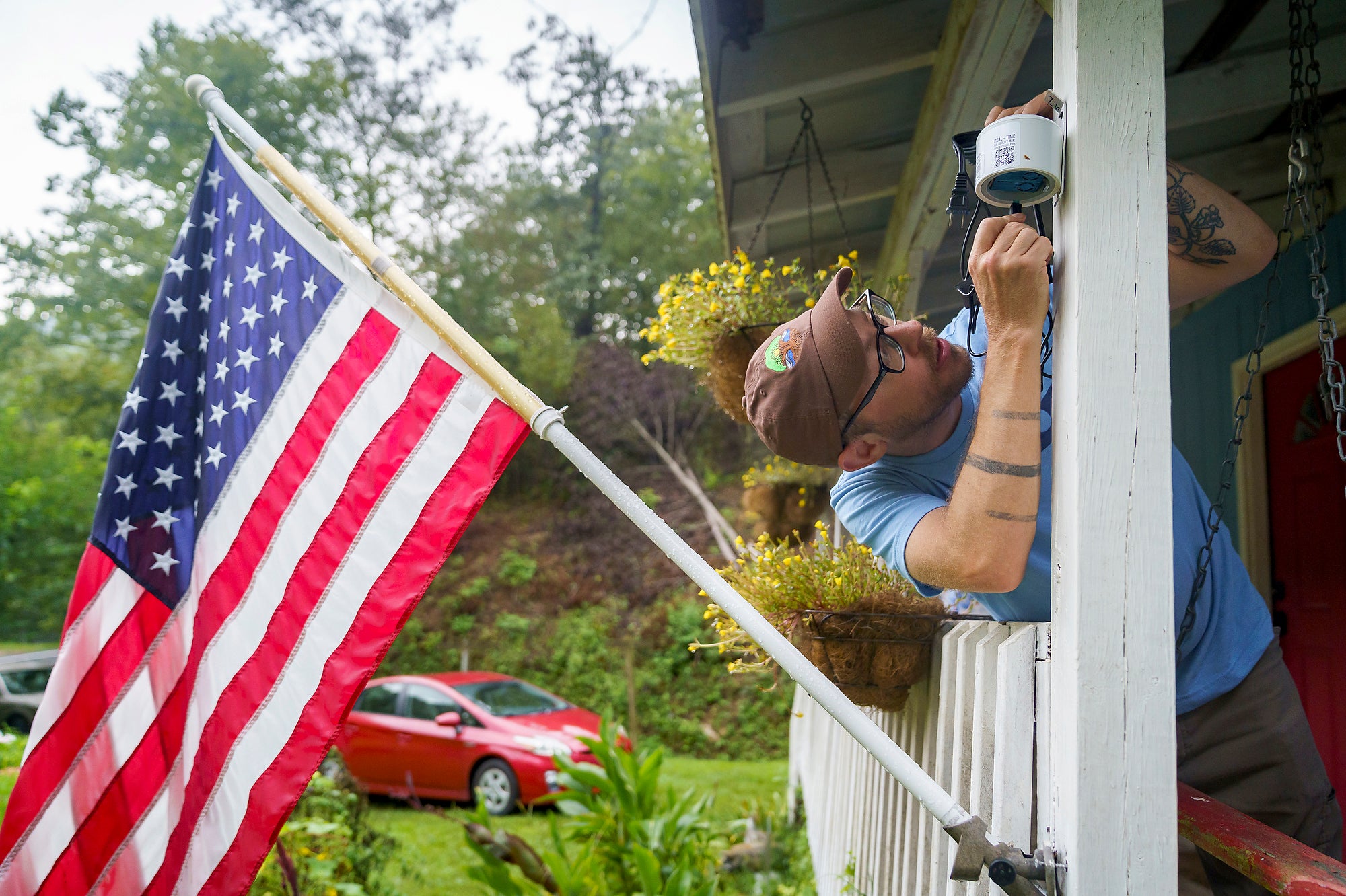EPA Strengthens Air Pollution Rule to Protect Communities from Soot
Updated standard will improve public health and the economy
Contact
Today, the U.S. Environmental Protection Agency (EPA) strengthened regulations for particulate matter air pollution, commonly known as soot, as part of the National Ambient Air Quality Standards (NAAQS). Under the Clean Air Act, NAAQS set baseline national air quality standards for six common, harmful pollutants, including soot and ground-level ozone, also known as smog. The EPA updated the annual standard from 12 micrograms per cubic meter to a more protective standard of 9 micrograms per cubic meter.
This final rule will reduce the harms of deadly air pollution for communities across the country, including for those who already experience disproportionate pollution burdens, such as Black, Latinx, and low-income households. The more protective standard is a critical advancement for public health and an important first step in reducing the disparities experienced by these communities. According to EPA estimates, the rule will prevent thousands of premature deaths and new asthma cases, as well as reduce the number of hospital visits due to bad air quality. The EPA data analysis shows billions of dollars in savings across the board, though the true benefits are incalculable for communities across the country who are harmed by air pollution.
“Particulate matter pollution is deadly, especially for children and older Americans. The Biden administration’s new air quality standards will save thousands of lives and help address unjust disparities in air quality for communities of color and low-income communities,” said Patrice Simms, Earthjustice’s Vice President of Litigation for Healthy Communities. “We applaud EPA for issuing a rule that will help reduce heart disease, asthma, and other serious illnesses. We look forward to EPA’s implementation efforts, which must include robust enforcement and rigorous monitoring.”
Soot pollution stems largely from burning fossil fuels for electricity, manufacturing, transportation, and agriculture. Fine particulate matter pollution kills nearly 50,000 people in the United States every year and is linked to cancer, asthma attacks, hospitalizations, and emergency room visits for cardiopulmonary diseases. Soot pollution can harm entire ecosystems and cause haze that blights scenic vistas and public lands.
Industry polluters routinely exaggerate and make misleading claims about costs, but real-world data shows that air pollution reductions and economic growth are not mutually exclusive. In contrast, when people are subjected to health harms and premature death because the air where they live or work is unsafe to breathe, the costs are astronomical. Estimates vary, but poor air quality may cost the U.S. about $886 billion a year, according to a 2019 study. The highest costs come from early deaths.
The NAAQS rule on soot comes over three years after the previous administration kept outdated 2012 standards in place, despite clear evidence that this would put people’s lives and health in jeopardy. Shortly after, Earthjustice and allies sued on behalf of health and environmental advocates. In June 2021, the EPA said it would reconsider whether stronger standards were needed. This January, Earthjustice along with 100 other organizations sent a letter to the administration urging it to finalize a strong rule that protects communities across the country. Today, the administration delivered a major step to clean up the air we breathe and address inequitable exposures to air pollution.
The EPA must now diligently and promptly proceed with reviewing and enhancing smog standards to further advance efforts in reducing harmful air pollution.

Additional Resources
About Earthjustice
Earthjustice is the premier nonprofit environmental law organization. We wield the power of law and the strength of partnership to protect people's health, to preserve magnificent places and wildlife, to advance clean energy, and to combat climate change. We are here because the earth needs a good lawyer.